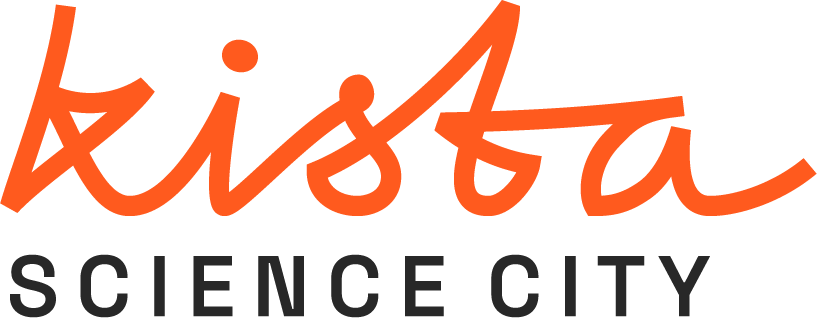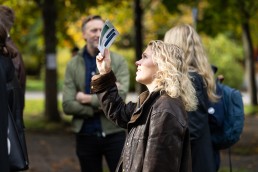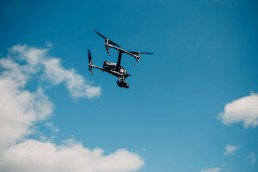The Swedish capital is taking another step toward integrating autonomous systems into city life. In October, the City of Stockholm tested a “drone-in-a-box” system on the roof of Farsta swimming hall — the first time a large-scale station of this kind has been used in a Swedish city environment.
The demonstration was part of CITYAM, an EU-funded project that helps European cities explore how drones can support public services. For Stockholm, the aim was to understand what it actually takes to operate such a system safely in a dense urban setting — from regulations and permits to coordination on the ground. The test marks a shift from technical demonstration to operational learning, showing how large cities can integrate drone technology into existing infrastructure and operations.
“Projects like this help cities move from concept to practice,” says Karolina Pamp, Project Manager Mobility at Kista Science City. “They show how new technology can fit into daily routines rather than remain on the drawing board.”
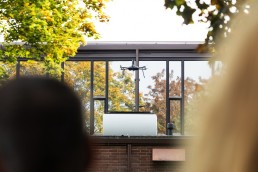
Putting autonomy to the test
The drone-in-a-box system, supplied by Nokia, allows a drone to take off and land automatically from a fixed station that also stores and charges the aircraft. A remote pilot and visual observers were part of the crew on site to ensure regulatory compliance and safety. In time, the goal is to manage these flights remotely — a change that could make operations more scalable and cost-effective than having a pilot for every mission.
Unlike trials carried out in controlled areas, the Farsta test took place in an active neighbourhood, surrounded by people and traffic. It offered a glimpse of how autonomous systems perform when they meet the pace of real city life — and what that means for future use. Over time, such systems could support city operations ranging from infrastructure inspections to environmental monitoring and emergency response.
Coordination on the ground
Before the test, the practicalities had to line up. Rooftop access had to be secured, electrical installation completed, safety procedures reviewed and communication with the local community established. Residents were informed in advance so people knew what was happening and why.
Each step tested the same issue many cities now face: how to introduce new technology within existing systems and responsibilities — a process that depends as much on people as on hardware.
“True integration comes from collaboration and public awareness, not distance flown in kilometres,” says Isabelle Nyroth, technical advisor at Kista Science City. “What we saw in Farsta was that principle in action — different actors working together to take steps toward making drone operations part of everyday city life.”
Next steps
The outcomes from the Farsta trial are now being analysed to support Stockholm’s continued work on drone integration. This includes refining procedures and safety routines, and clarifying how different departments and partners can collaborate around new technologies.
By sharing the results openly, the project helps other cities and organisations build on what has been learned — bringing drone-based services one step closer to becoming a safe and trusted part of everyday urban life.
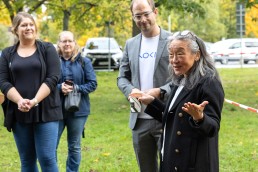
____
CITYAM is an EU-funded project supporting European cities in preparing for the safe and responsible use of drones in urban environments. The Stockholm pilot was delivered by Kista Science City together with the City of Stockholm, Nokia and project partners.
For more information, contact karolina.pamp@kista.com
Related Articles
December 9, 2025
Understanding online risks: Lisa Kaati’s research at DSV in Kista
The boundaries of conflict are shifting. Today, national security isn’t just…
